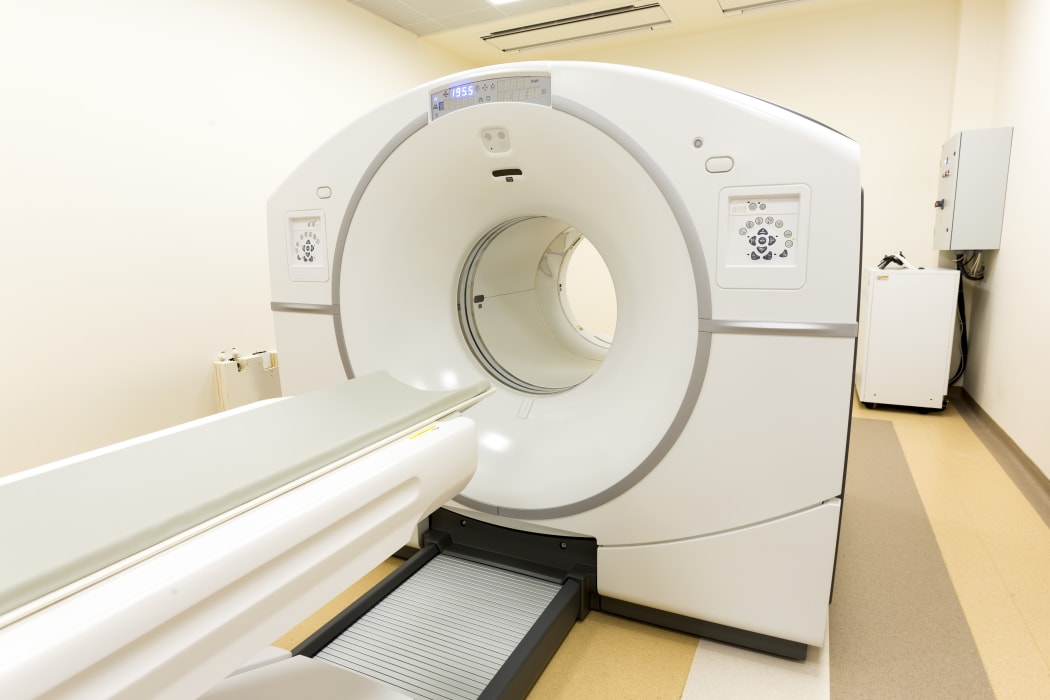A woman in her late 60s died following the failure of a radiologist to detect cancer on a CT scan.

Photo: 123RF
A deputy health and disability commissioner, Rose Wall, said in a report today that the unnamed radiologist breached patient rights.
She said the woman, who had a history of abdominal pain, was referred by her family doctor for a scan at a public hospital in 2016.
The scan was performed and an unnamed, experienced radiologist read and reported on it remotely the same day. He noted "some pancreatic atrophy" but detected no significant abnormality.
However, the woman, referred to as "Mrs A" in the report, continued to experience fatigue and changes in weight and bowel habits. As a result, her GP referred her in February last year to a private gastroenterologist. He reviewed the 2016 scan, saying "it was clear to me that there was a pancreatic cancer evident at that time which was not identified in the CT report".
A further scan was done, revealing the "pancreatic head tumour with extensive arterial and venous encasement... Extensive lymph node involvement and possible hepatic metastases present".
Ms Wall said those findings were referred by the district health board, which is not named, for confirmation by biopsy. She added that "Mrs A", who complained to the Health and Disability Commissioner, had since died.
The diagnostic radiologist, "Dr B", reviewed the original scan later and told Ms Wall he felt that "in retrospect there were signs of pancreatic head infiltration present at the time.
"Had I appreciated these I would have recommended a follow-up MR examination," he said.
He said it was "a perception error" on his part. However, an independent radiologist, Brendan Murray, advised Ms Wall the abnormality "should usually have been reported".
He said: "Even without a supportive clinical history, the presence of a poorly defined infiltrative pancreatic mass [measuring 35 mm by 30mm] is an unequivocal imaging finding made more apparent by the presence of pancreatic duct dilation and atrophy".
Dr Murray added the failure by "Dr B" was significant. Ms Wall agreed, saying "Dr B" noted pancreatic atrophy, or damage, but failed to question the significance of the feature or to analyse the finding. The radiology service "Dr B" worked for did not breach patient rights.
"Dr B" provided a written apology to "Mrs A's" family. The radiology service where he worked, which is not named, has been asked to provide a progress report on implementation of a peer audit system.



